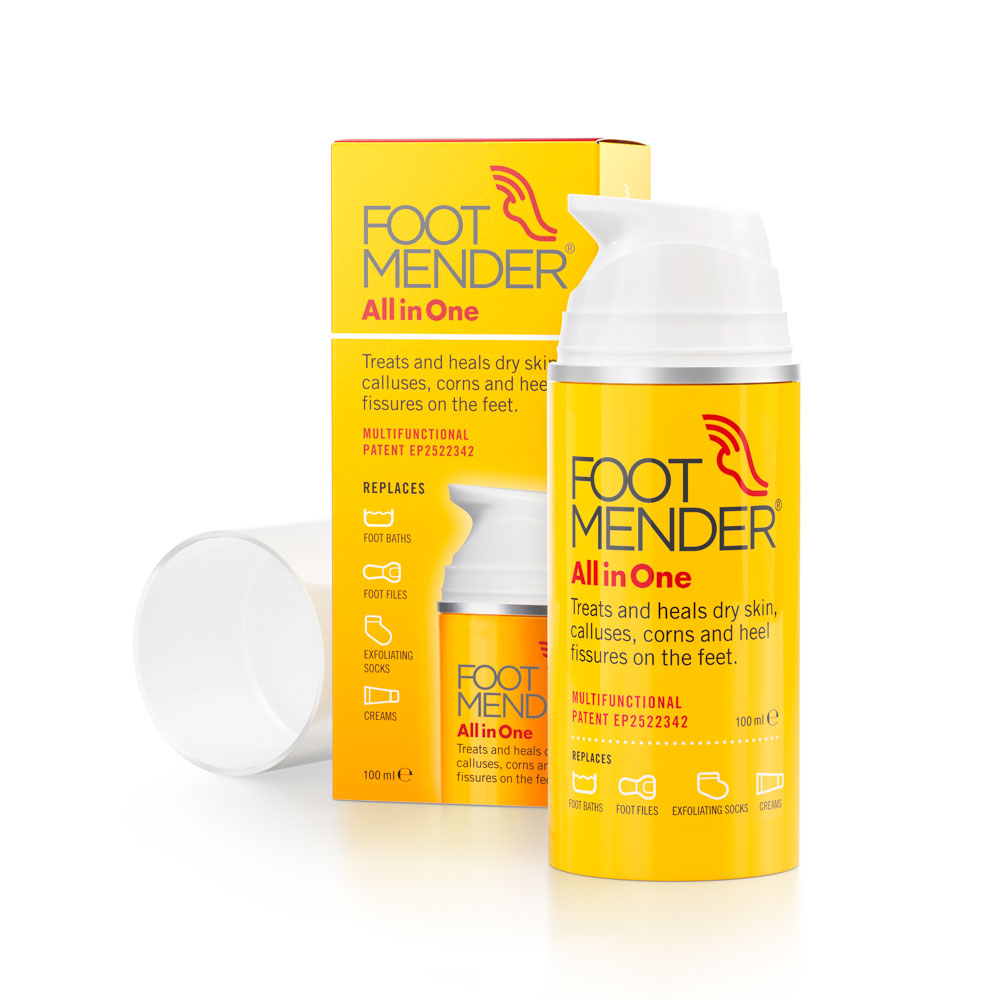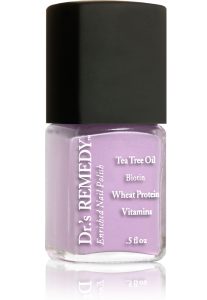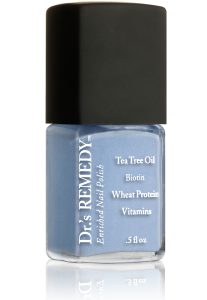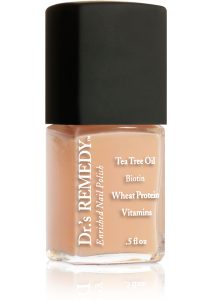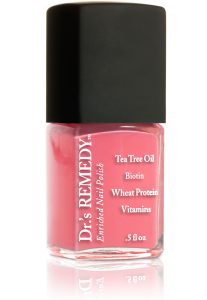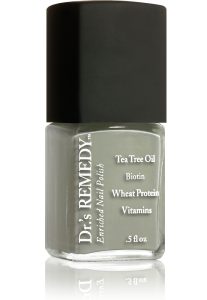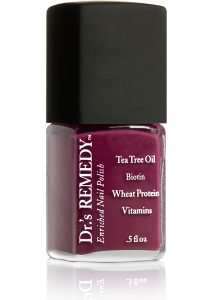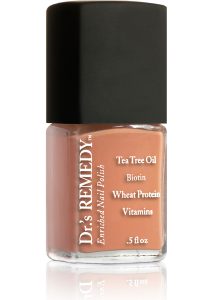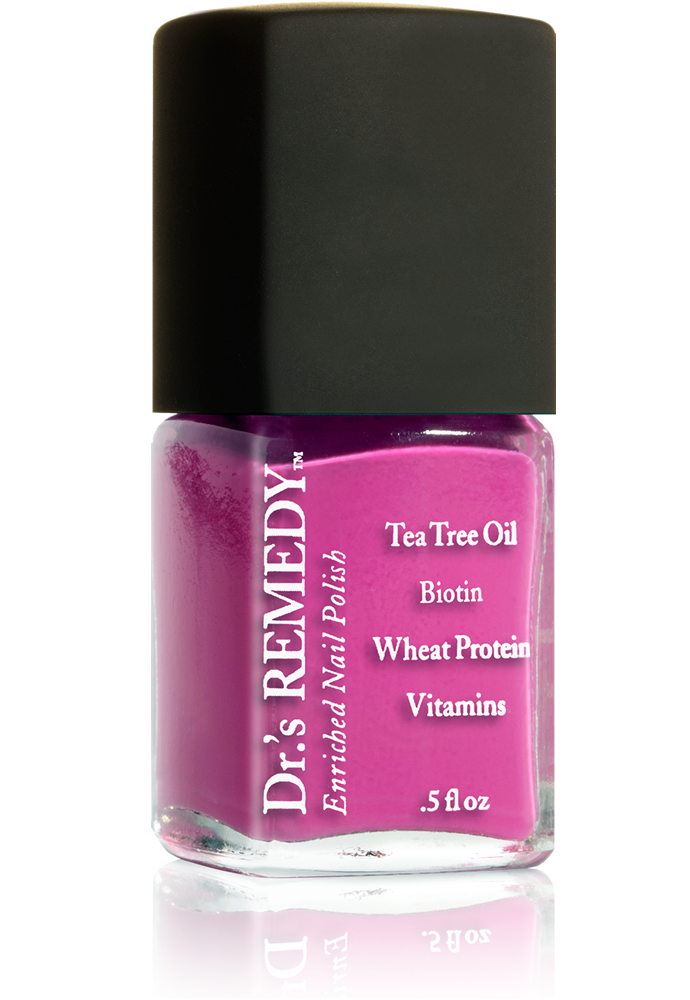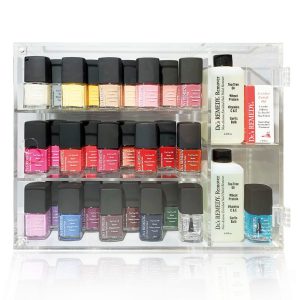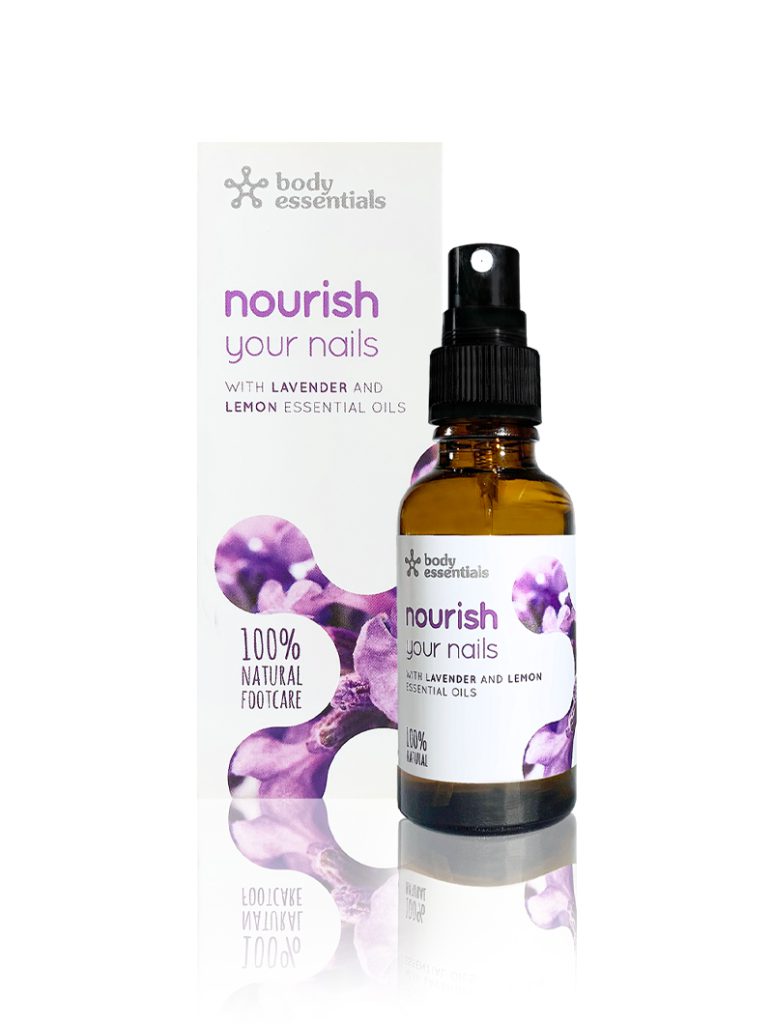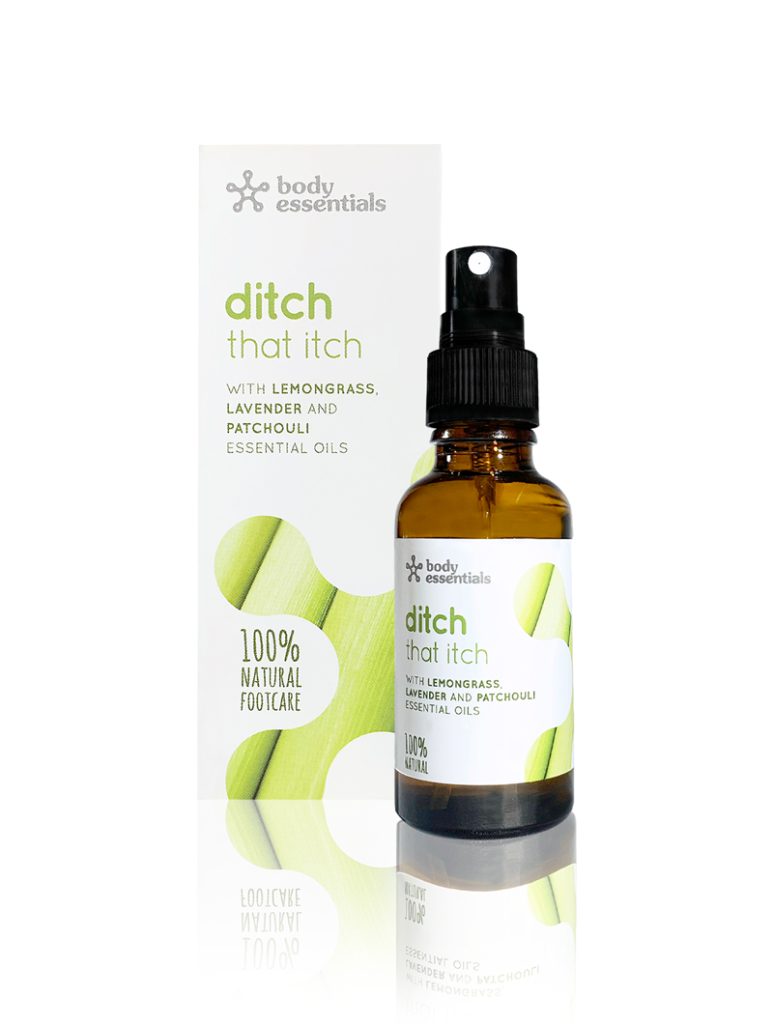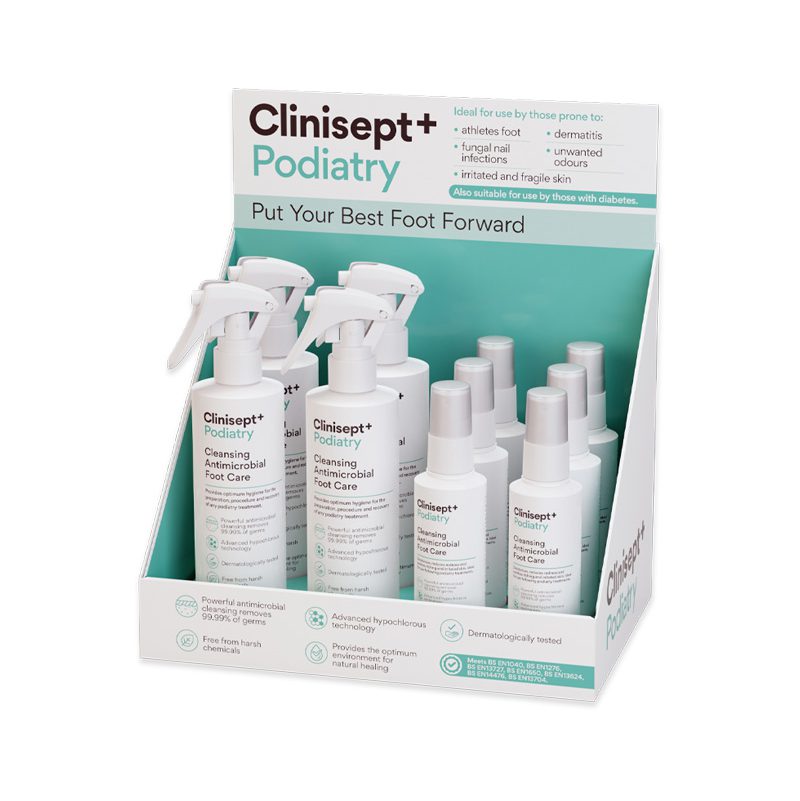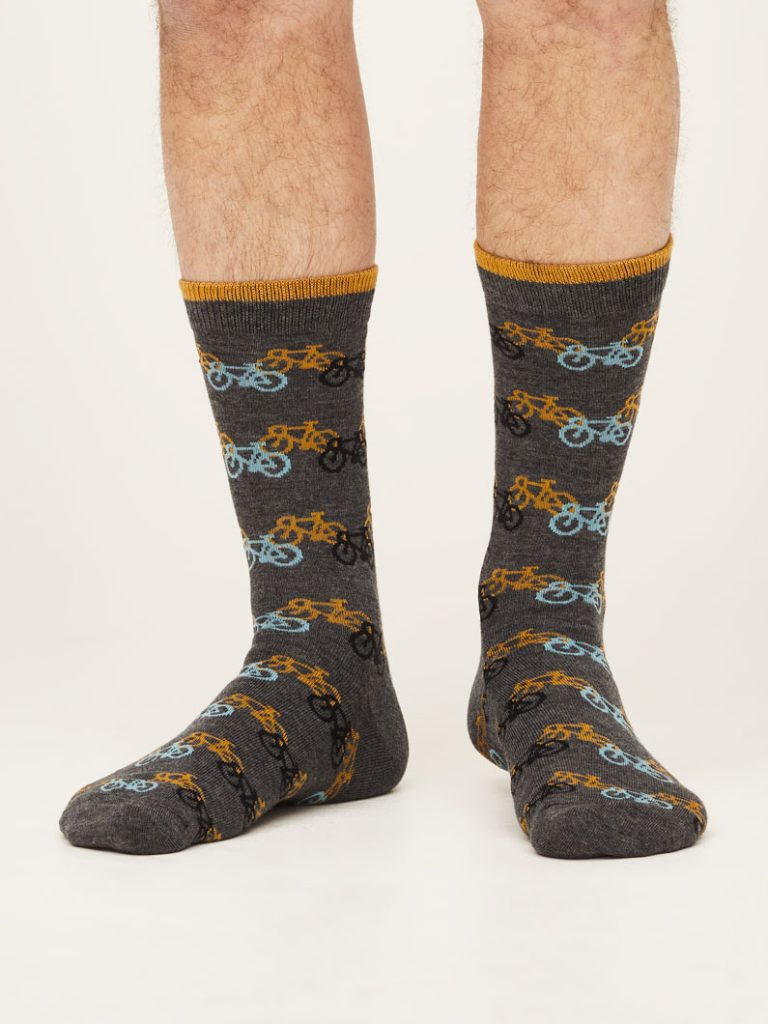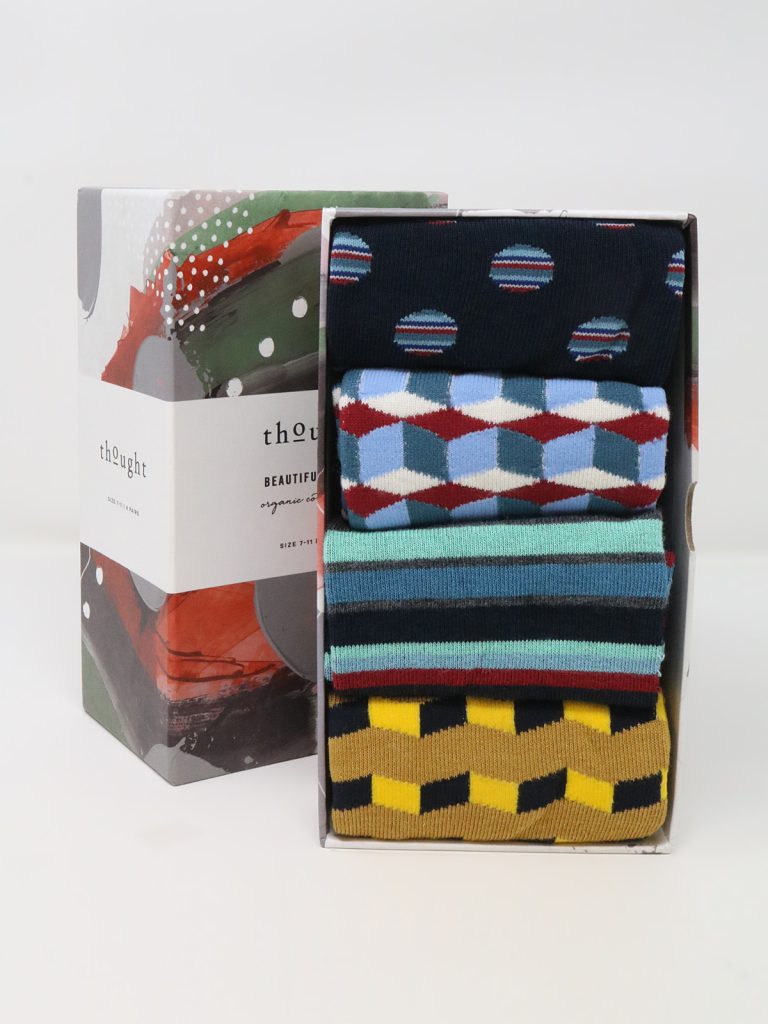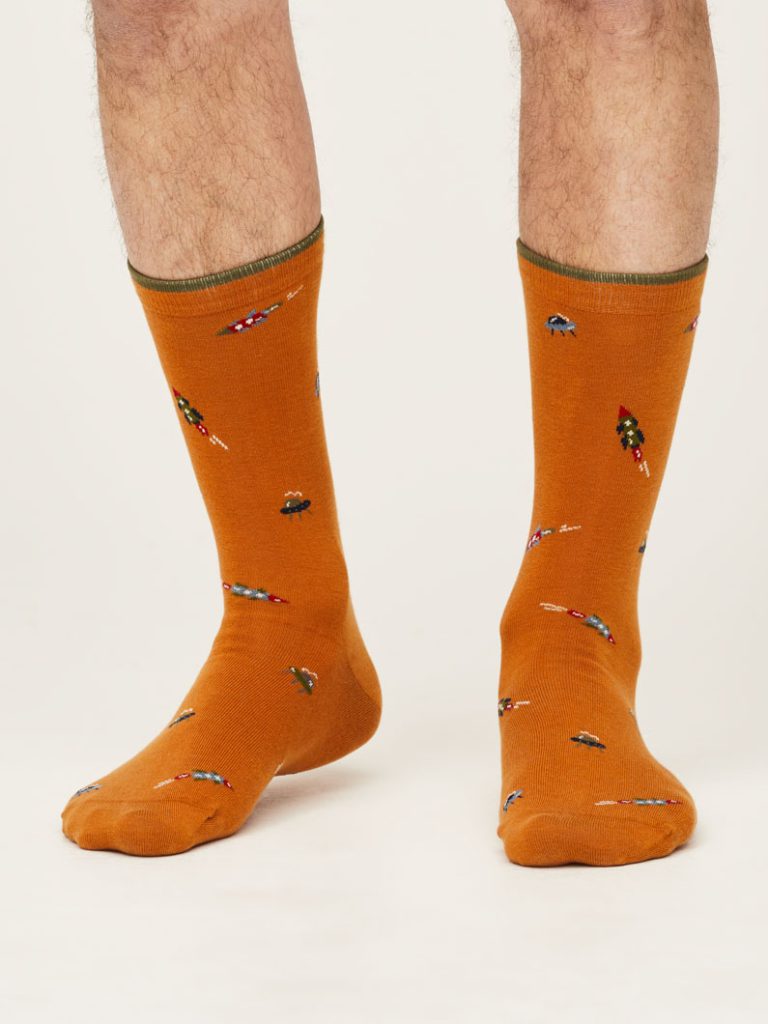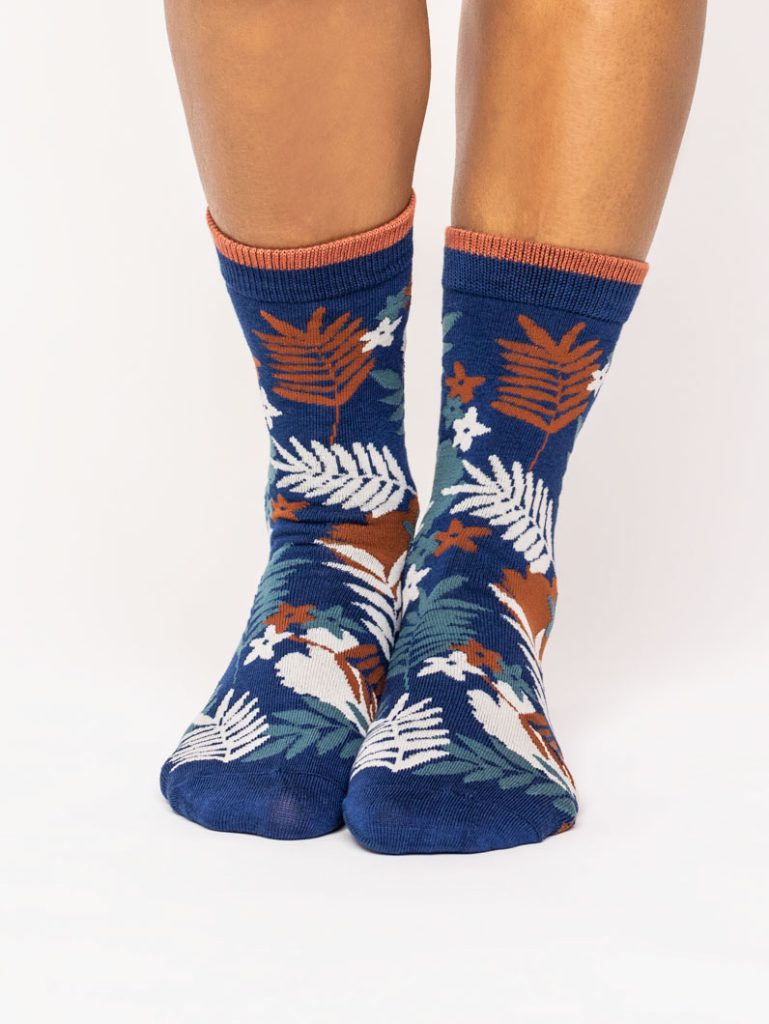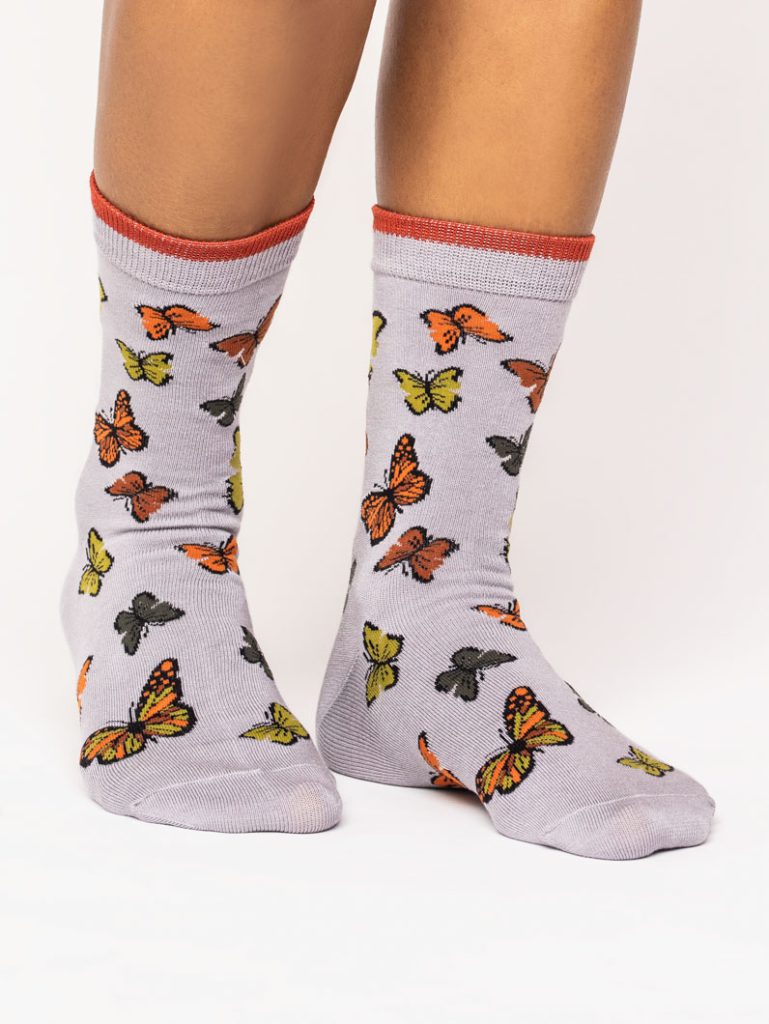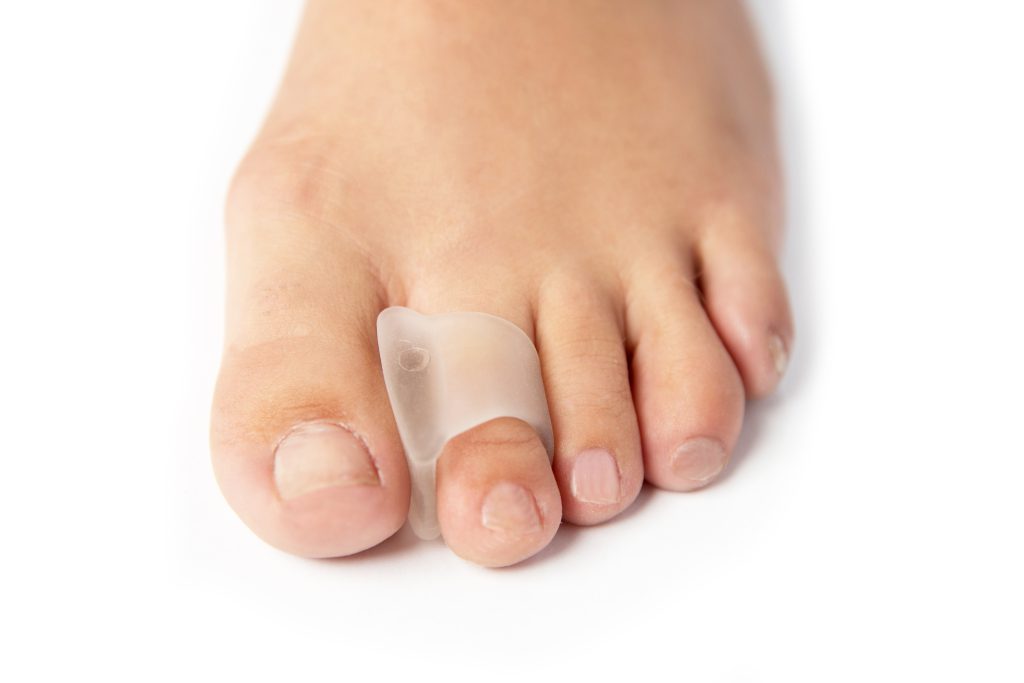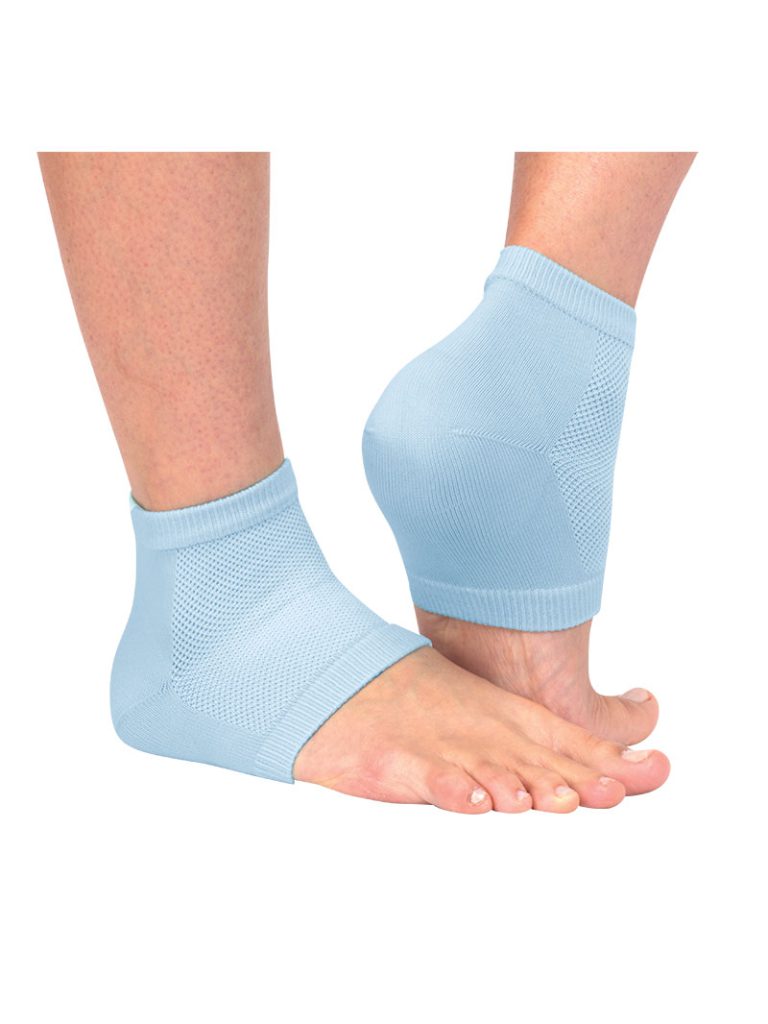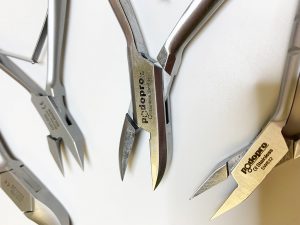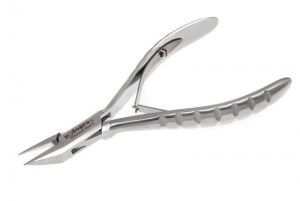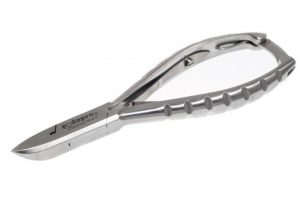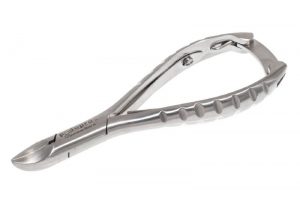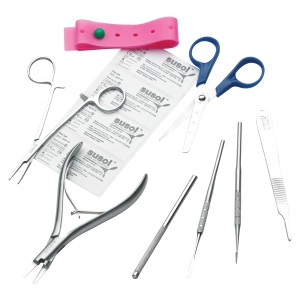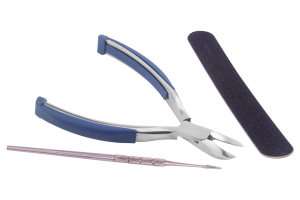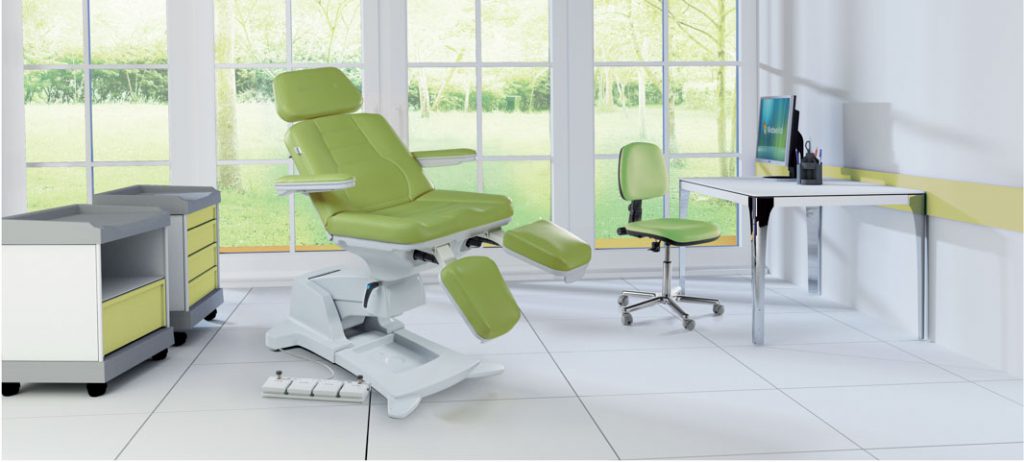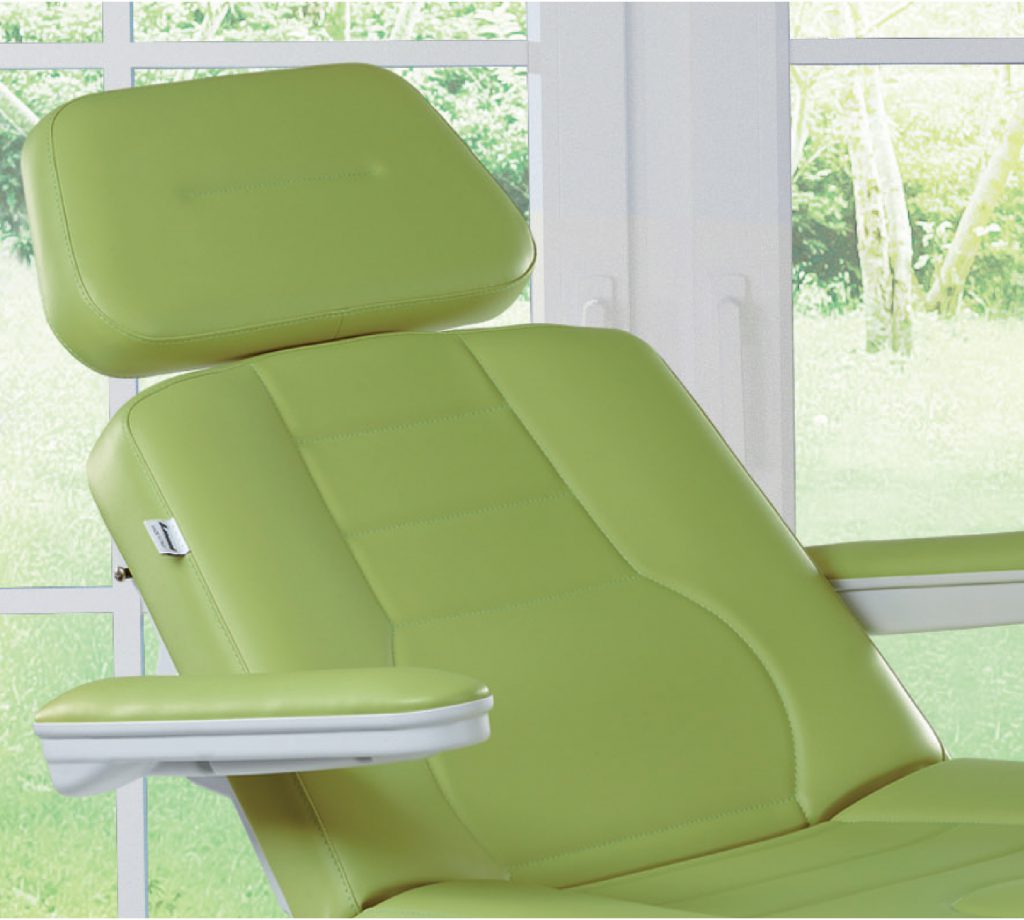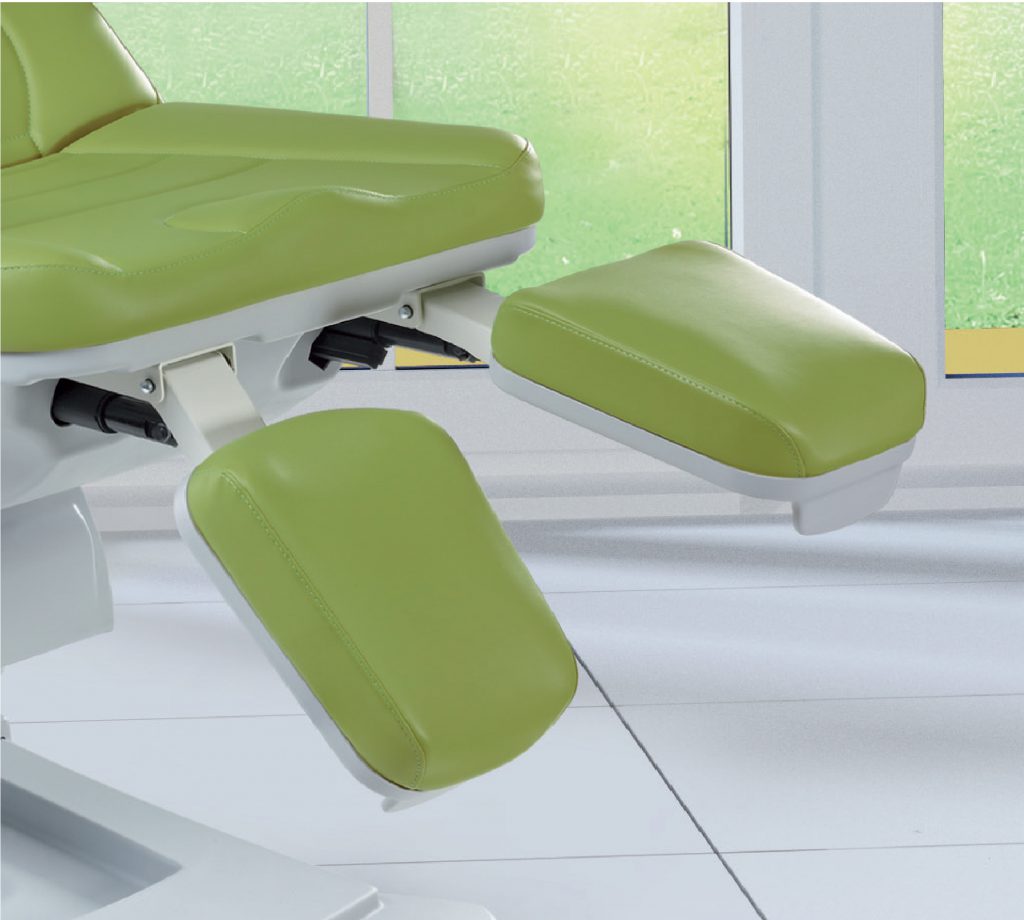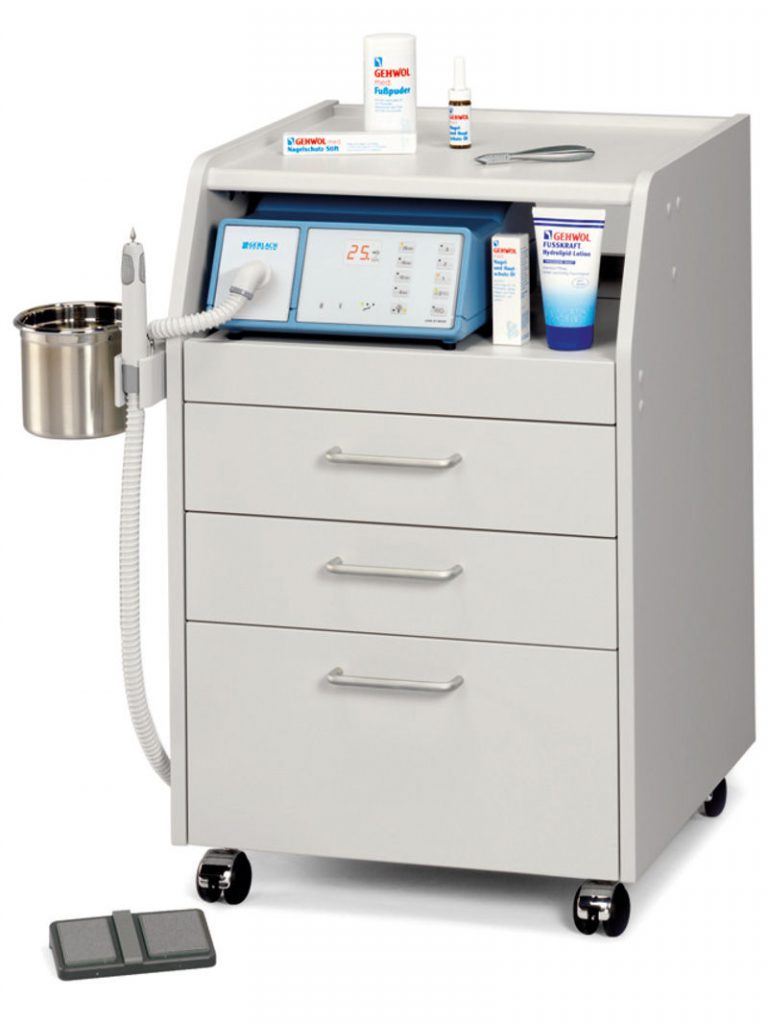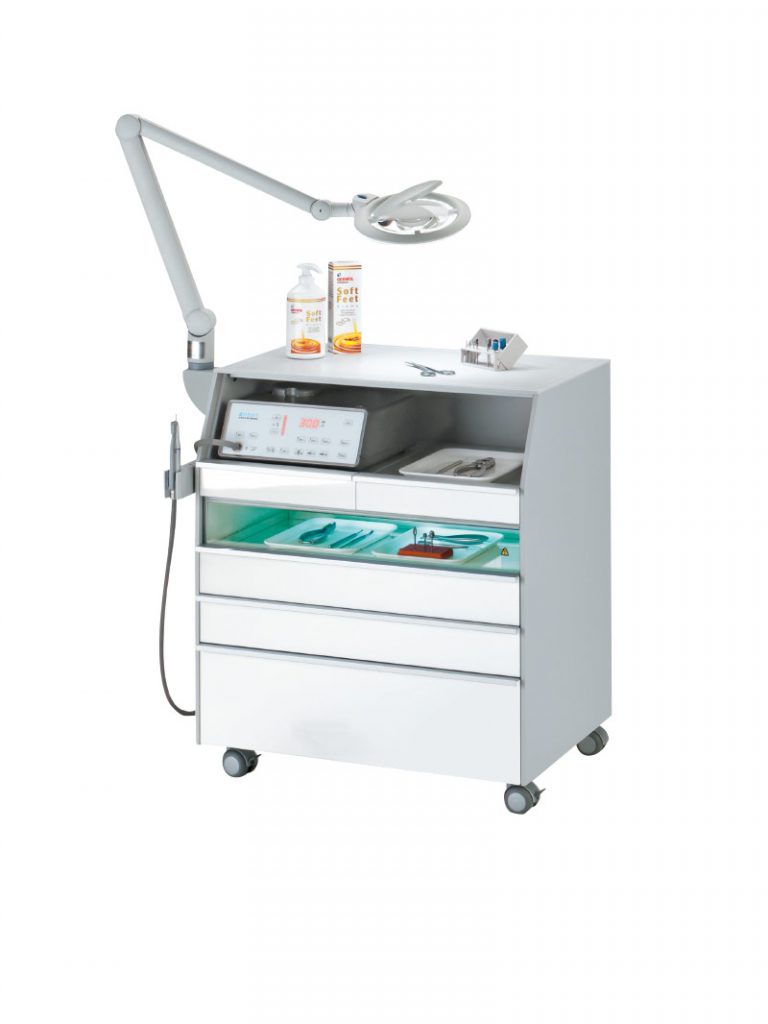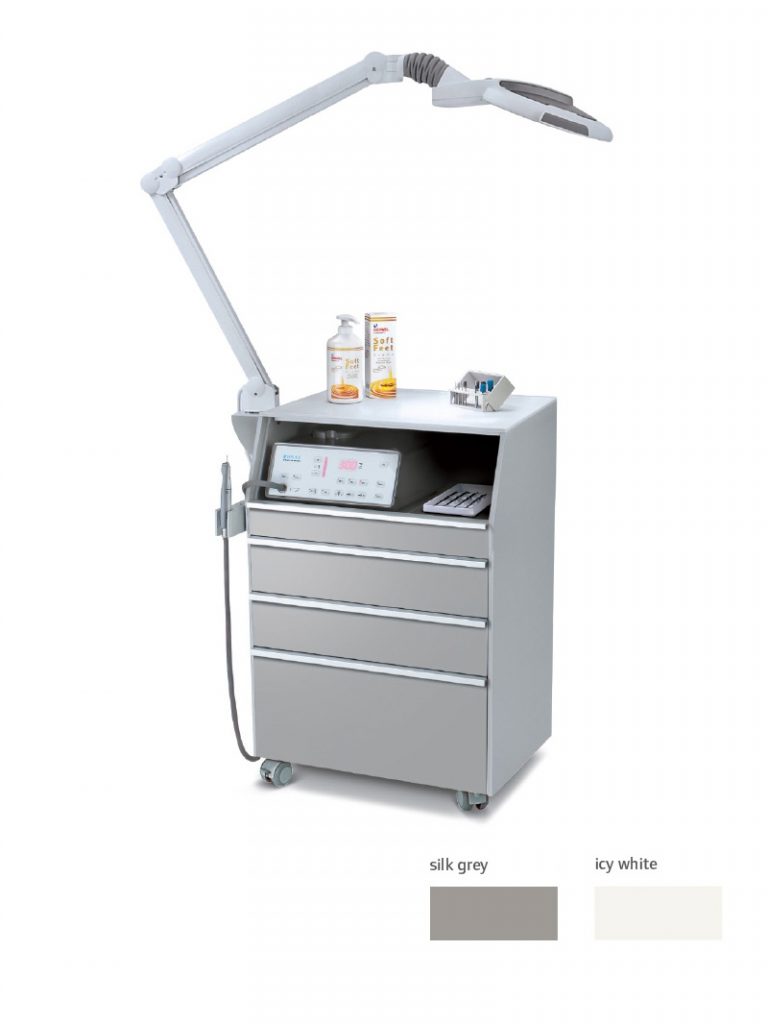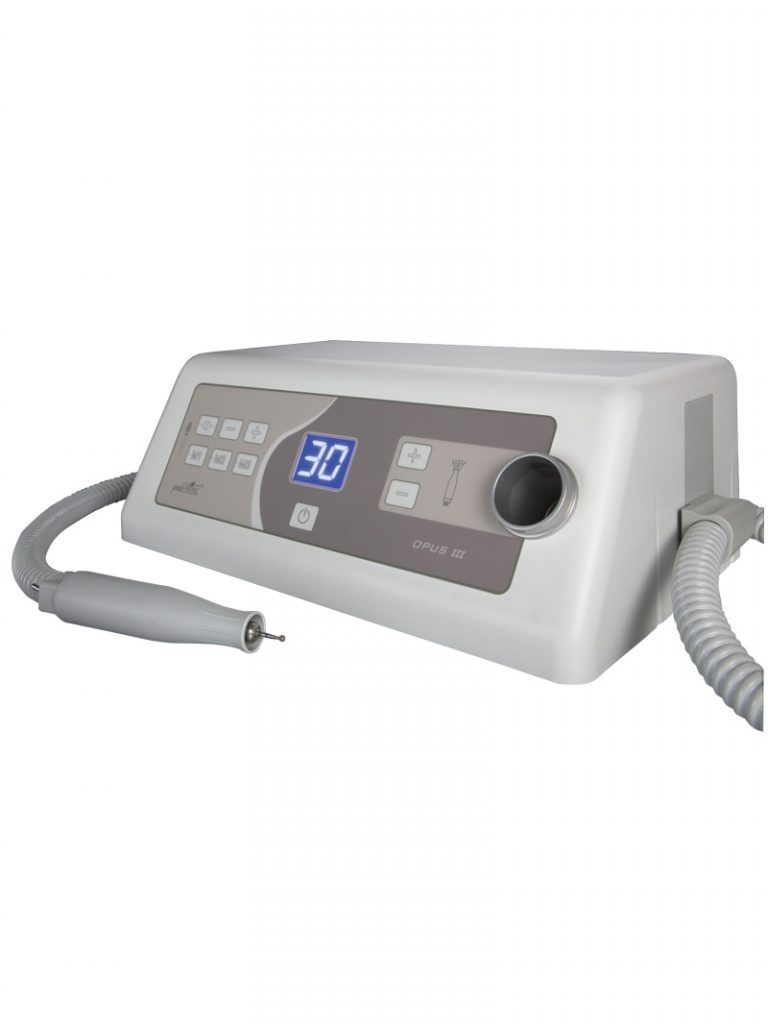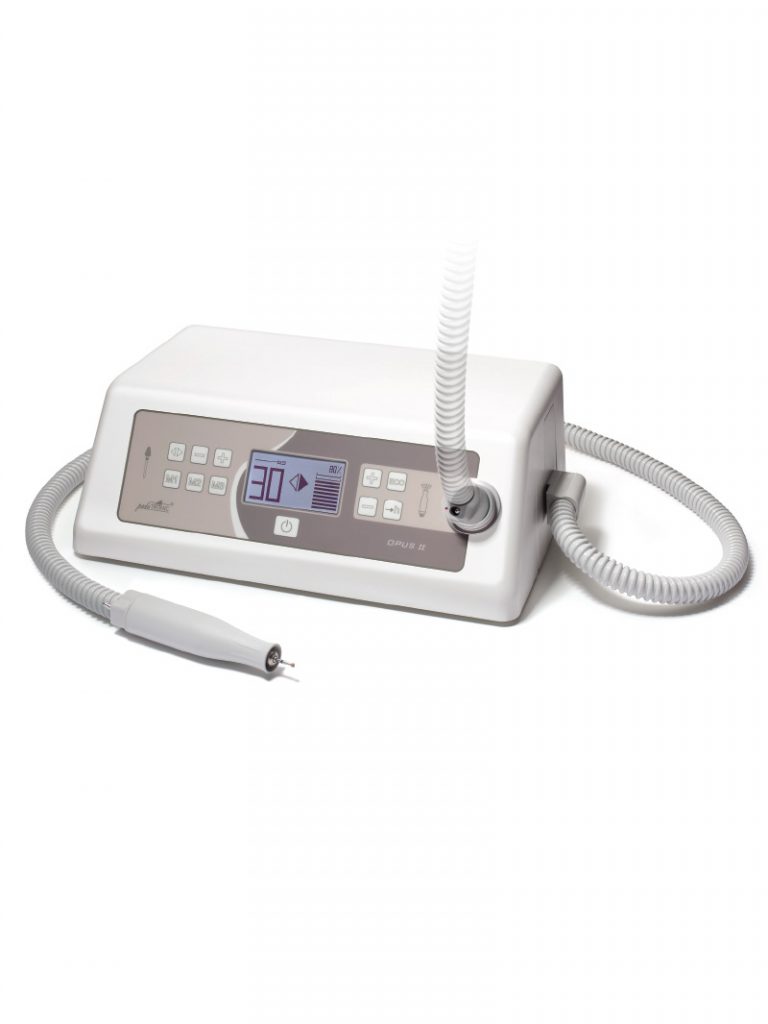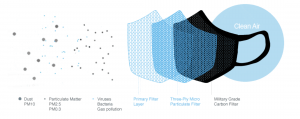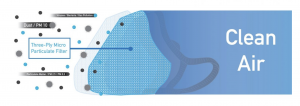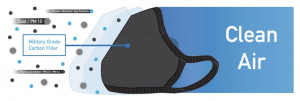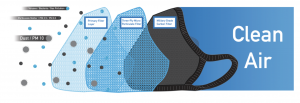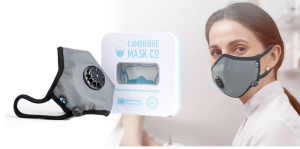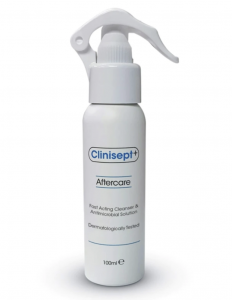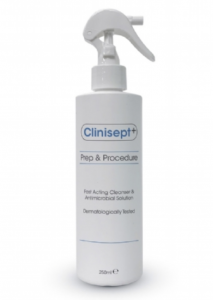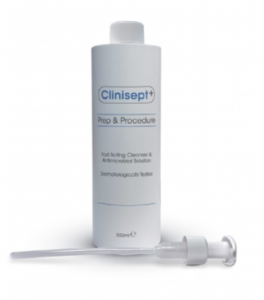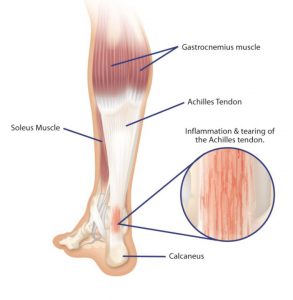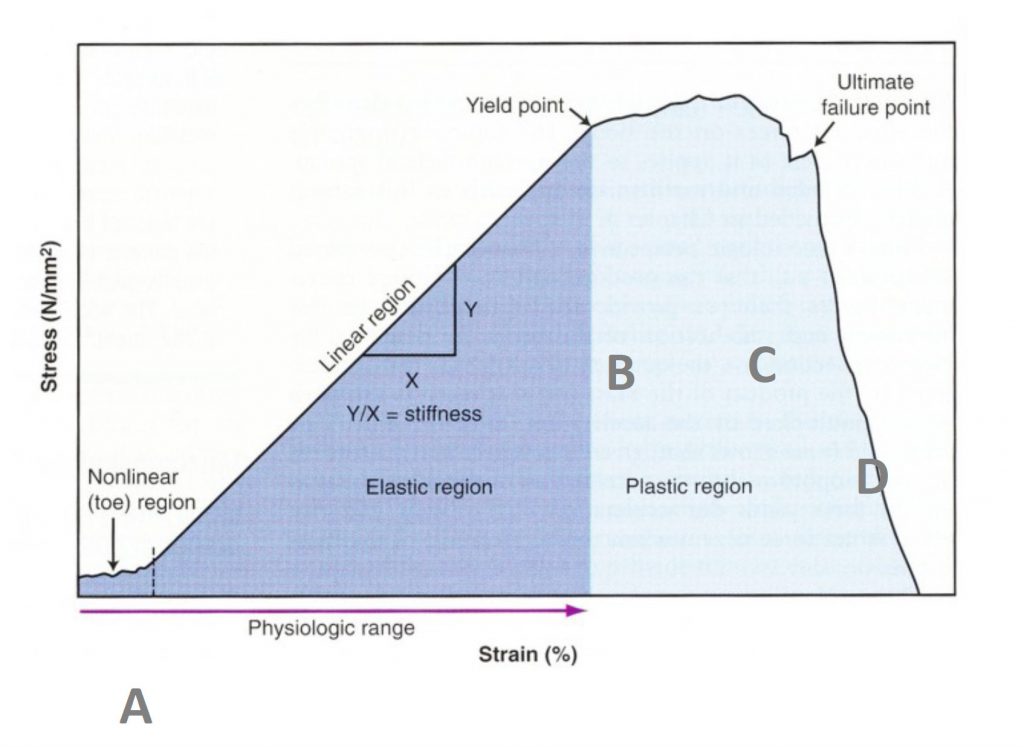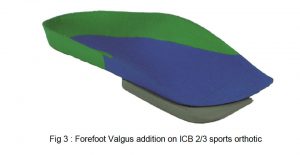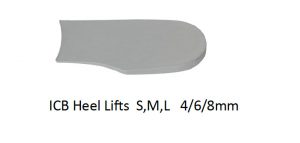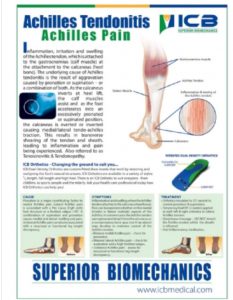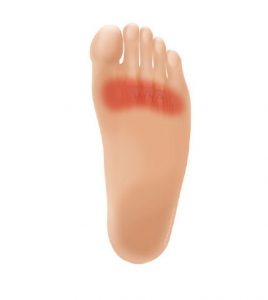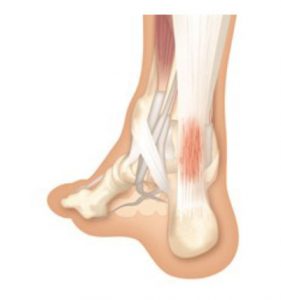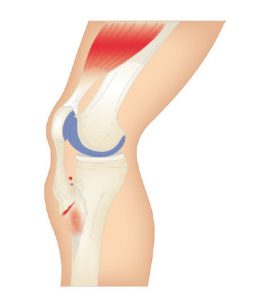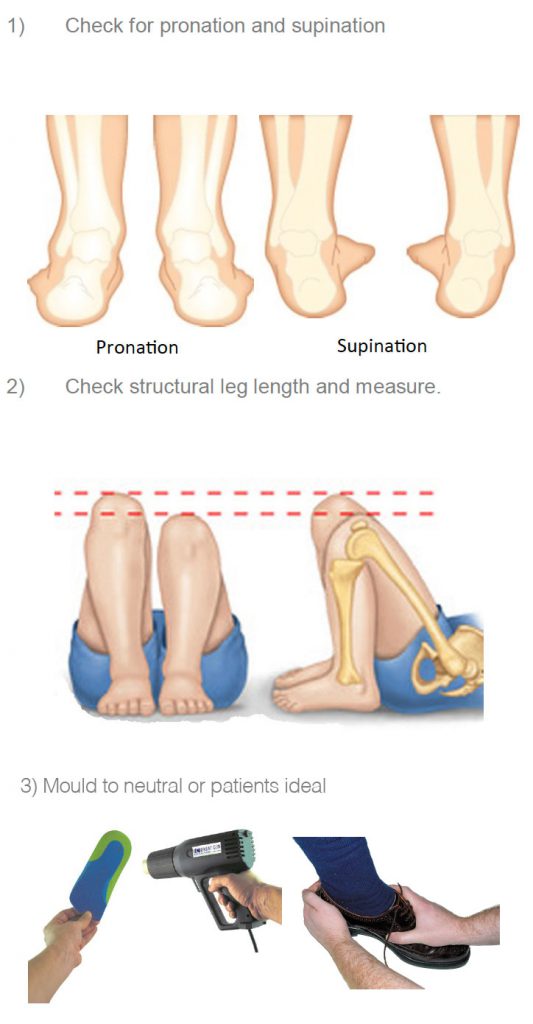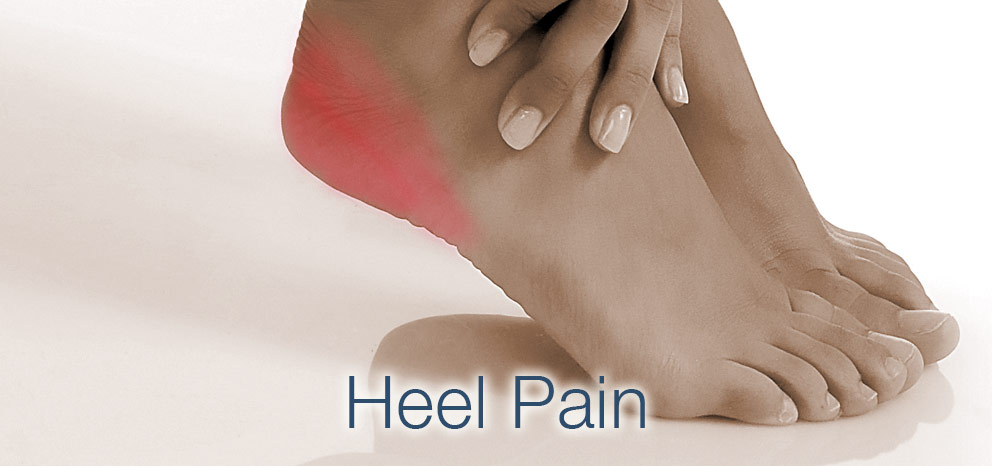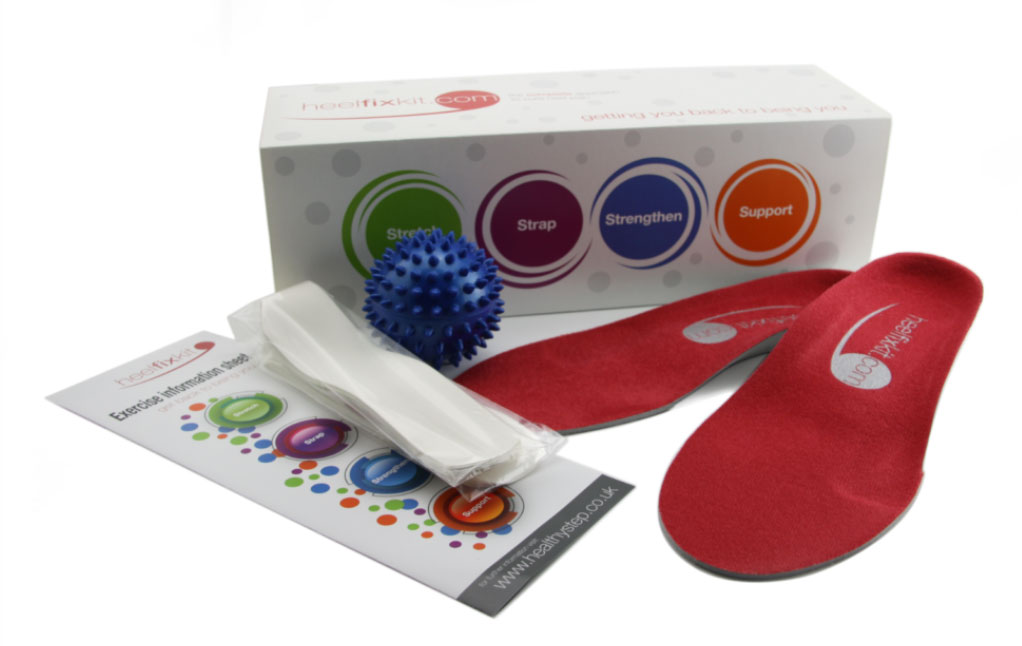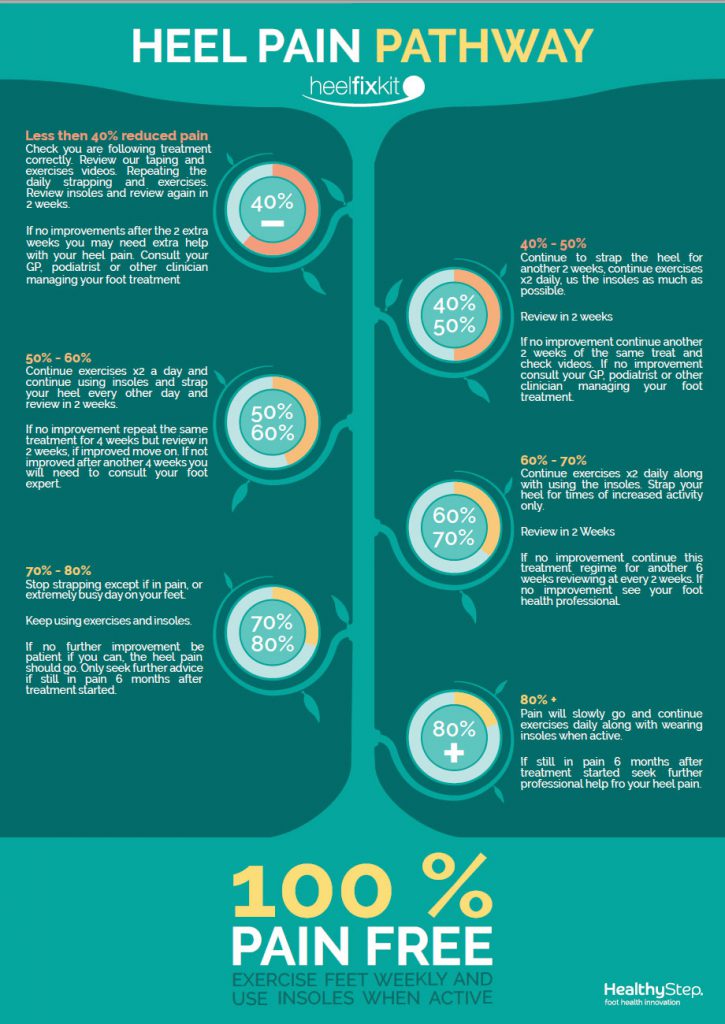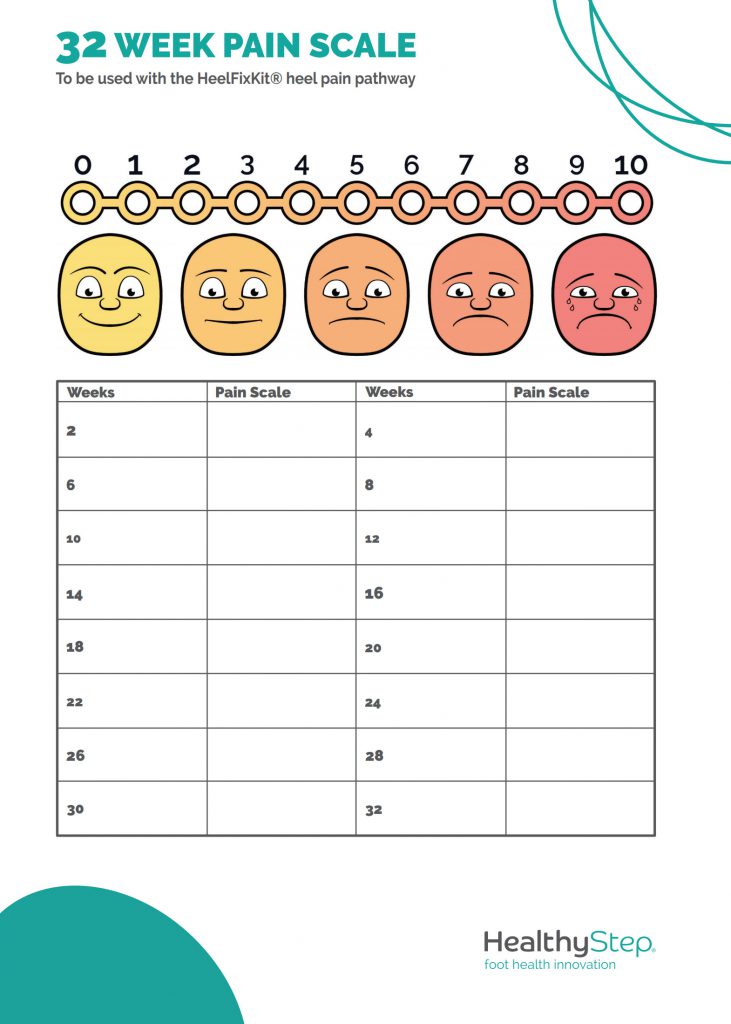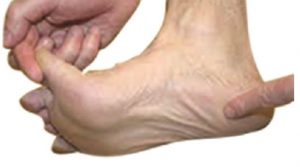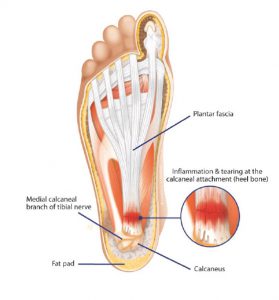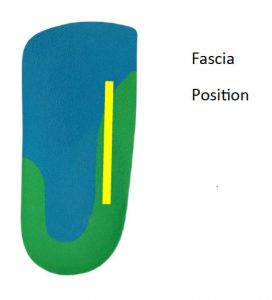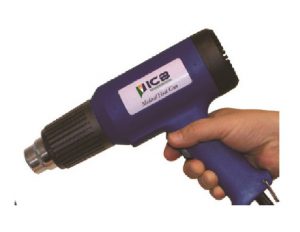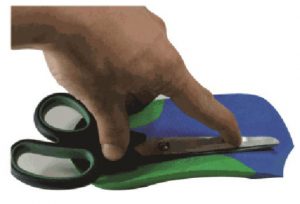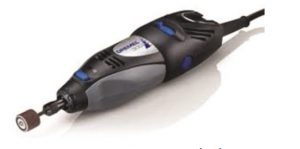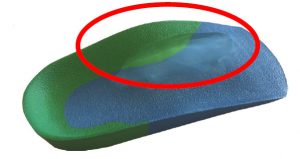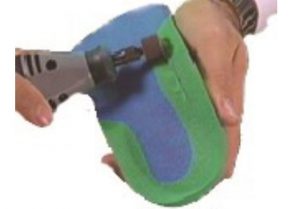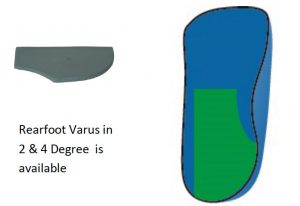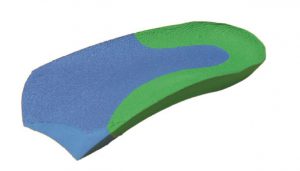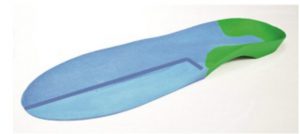With the warmer weather finally arriving, now is a great time to think about your retail ranges for Spring/Summer.
Here at DLT, we offer an extensive choice of retail products which have been developed specifically for Podiatrists to sell on to their patients. They are designed to complement your podiatry treatments, to allow you to provide an extra service and generate additional revenue for your practice.
With a new range of products in stock for 2022, now is a great time to refresh your retail offering.
Foot Creams
There is a huge choice of foot creams currently on the market and we are pleased to offer leading brands including CCS, Flexitol, Gehwol and Ureka Footcare.
New to the DLT range for 2022, Footmender All in One is a patented class IIa medical device specially developed to treat and heal dry feet, hard skin (calluses), corns and cracked heels (heel fissures) with a single product. It delivers a triple action effect to exfoliate, restore and protect. It allows patients to use one product rather than separate products to exfoliate and moisturise the skin. Patients only need to apply once a day as a treatment or once/twice a week for maintenance.
Dr.’s Remedy
We expect Dr.’s Remedy to be an extremely popular retail item for Spring/Summer 2022. With many patients going on holiday for the first time in years, weddings to attend and social occasions aplenty, many will be looking for the perfect nail colour and nail care accessories to deliver healthy, beautiful nails.
Our new colours for 2022 are a must for your retail display, we love the new pastel tones of Perceptive Periwinkle and Lyrical Lilac.
If you are considering stocking Dr.’s Remedy for the first time or need a full re-stock, take a look at the Dr.’s Remedy Starter Kit which features 25 of our best-selling colours, together with accessories including the Remedy Hydration Treatment, Restore Ridge Repair, Base-Coats and Top-Coats.
Body Essentials
The beautifully presented range of Body Essentials natural footcare products offers an excellent retail option for your practice, the uniquely blended therapeutic aromatherapy oils are designed to help relieve common skin and nail conditions. In the summer months, Ditch that Itch – a calming oil for itchy feet and Nourish that Nail ,which helps to restore the condition of nails and protect against damaging germs and bacteria, are best sellers from the range. All Body Essentials products are 100% natural and vegan friendly.
Clinisept Retail Display
We are excited to offer the new Clinisept Retail Display for 2022, ideal for promoting the versatile Clinisept+ Anti-Microbial Footcare product to your patients. Clinisept+ enables your patients to maintain optimum levels of foot hygiene at home, either following a procedure to aid recovery, or as part of their daily hygiene routine.
Thought Socks
Our latest collection of Thought socks has just arrived, offering a wide choice of single pairs for women and men– alongside gift packs providing something for all ages and interests. We also offer the Thought Diabetic Socks – these relaxed top socks are ideal for patients with sensitive feet or those suffering from diabetes.
Podopro Gel Range
Our Podopro Gel range has been expanded for 2022 and is now provided in retail-ready euro hook packaging. Shop from best sellers including the All Gel Digital Toe Cap, Gel Toe Crest and Digital Tubes. View our latest additions to the range including the Bunion Guard, Universal Toe Cushion, and Gel Moisturising Heel Sleeve.
We are here to help if you would like assistance in choosing retail products, contact your DLT Business Development Manager or sales@dltpodiatry.co.uk and we would be happy to put together a retail package tailored to your practice.

